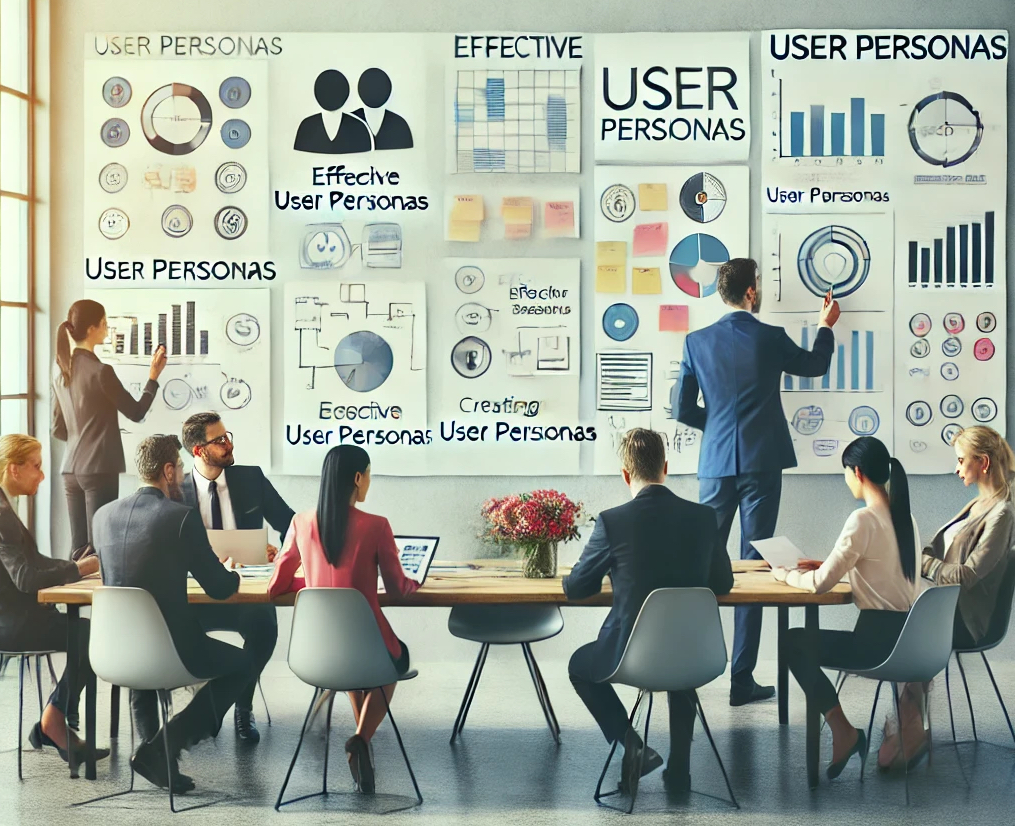
By understanding pains and gains, you can create products and services that are more useful and enjoyable for your users.
Example 1:
User persona:
Name: Sarah
Age: 35
Occupation: Marketing manager
Goal: To find new customers for her business
Pain: She has difficulty finding qualified leads
Gain: She wants to save time and increase sales
Example 2:
Name: Grace
Age: 70
Occupation: Caring for her grandchildren
Goal: Live independently in her own home and community
Pain: Lack of access to healthcare services in her village
Gain: Access to healthcare services when she needs them, without having to travel far
By understanding Sarah's pains and gains, the product team can develop new features and functionality that help her to find qualified leads more easily. For example, they could develop a new lead generation tool or integrate the product with a CRM system.
By empathizing with Grace’s pain and gains, we can develop a mobile healthcare service that is truly innovative and helpful.
Best practices for creating user personas
When creating user personas, it is important to keep the following best practices in mind:
Base your personas on real data. Don't just make up your personas out of thin air. Base them on real data collected from user research, such as interviews, surveys, and analytics data.
Be specific. Don't create generic personas that could apply to anyone. Instead, create specific personas that represent different types of users with different needs, goals, and pain points.
Give your personas names and stories. This will help you to connect with them on a more personal level and make them more relatable.
Use your personas throughout the product development process. Keep your personas in mind when making decisions about product features, functionality, and design.
How to use user personas in your product or service development process
User personas can be used at all stages of the product or service development process. For example, you can use user personas to:
Identify your target market: User personas can help you to identify your target market and understand their needs, goals, and pain points.
§Prioritize features and functionality: User personas can help you to prioritize features and functionality that are most important to your target users.
Design a user-friendly experience: User personas can help you to design a user-friendly experience that is easy to use and navigate.
Market your product or service: User personas can help you to create marketing messages that resonate with your target users.
By using user personas throughout the product or service development process, you can create products and services that are more useful and enjoyable for your users.
Tips for using user personas in your product or service development process:
Keep your personas in mind at all times. When making any decisions about your product or service, ask yourself: "How will this impact my user personas?"
Share your personas with your team. Make sure that everyone on your team is familiar with the user personas so that everyone is working towards the same goals.
Update your personas regularly. As your product or service evolves, your user personas should evolve as well. Make sure to update your personas regularly based on new user research.
By using user personas effectively, you can create products and services that are more likely to be successful.